About Chinese Paulownia
Paulownia has been in the world for quite a long time whose distribution area used to be far beyond the currently available. Due to the ice age and affects of climate change, Paulownia only survived in some areas of China. Thus, China became the origin country of Paulownia in the world.
According to statistics, today’s Paulownia growing in other countries is all directly or indirectly introduced from China. Major varieties which introduced by other countries include P. tomentosa(Thunb.) Steud, P. fortunei(Seem) Hemsl and P. elongata S. Y. Hu are all belong to semi-wide-type Paulownia.
There are various Paulownia varieties in China which including the wide-type, semi-wide-type and artificial-crossing type. Though there are many same biological characteristics among them, some differences also exist on several aspects of the growth process of Paulownia, which are presented as the following ten aspects:
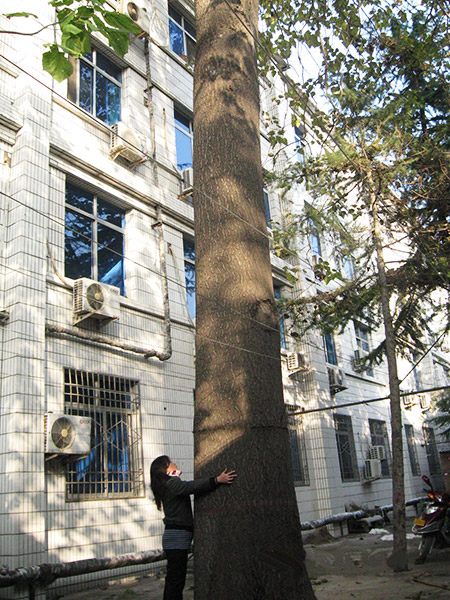
- Different Paulownia varieties require different climate conditions, so they are suitable for growing under different climate conditions.
- Different Paulownia varieties take on different resistance which namely with different adaptability to natural environment, so their ranges which suitable for growth are different from each other.
- Different Paulownia varieties have different adaptabilities to endure various PH values and soil nutrients, so they are suitable for growing in different soil.
- Different Paulownia varieties are suitable for growing in areas with different altitudes.
- Growth rates of different Paulownia varieties are different from each other, so the timber harvesting time is different as well.
- Different Paulownia varieties have different crown shapes. The covering area and respiratory value fairly varies from each other for trees with different crown widths. Generally, narrow crown Paulownia with quite narrow and small crown diameter is the preferred choice to build commodity Paulownia forest because they are provided with fairly small respiratory value, strong resistance to drought and more than 40% of land saving amount. Wide crown Paulownia usually acts as the good variety to build Paulownia ecological forests which with quite wide crown, huge body and exuberant respiratory value.
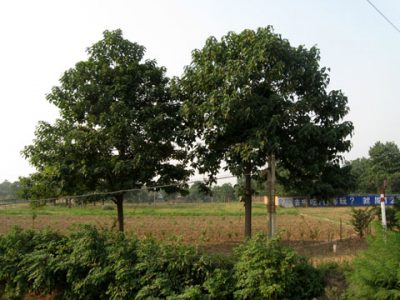
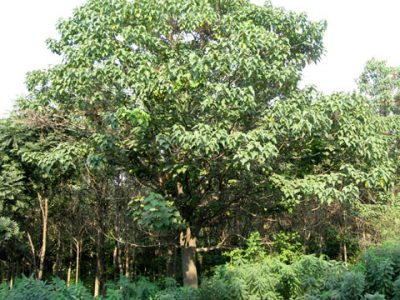
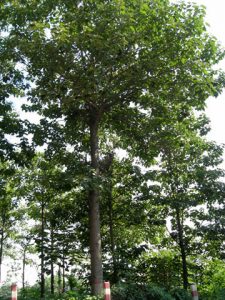
- Different Paulownia varieties present different trunk shape. Log volume and timber quality are also different which based on different trunk height and stem straightness.
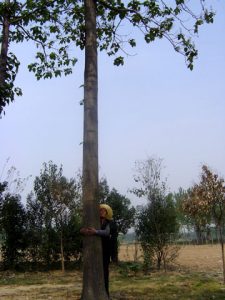
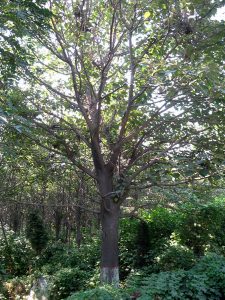
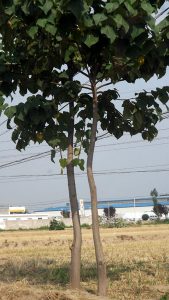
- Different Paulownia varieties are provided with different abilities to resist diseases and insect pest, so they have different afforestation effects and values.
- Different Paulownia varieties own different material qualities of timber, so their timbers take on different utilization values and are suitable to produce Paulownia products at different grades.
- These characteristics of different Paulownia varieties will result in different costs in the production management for Paulownia artificial forests and therefore lead to different economic benefits.
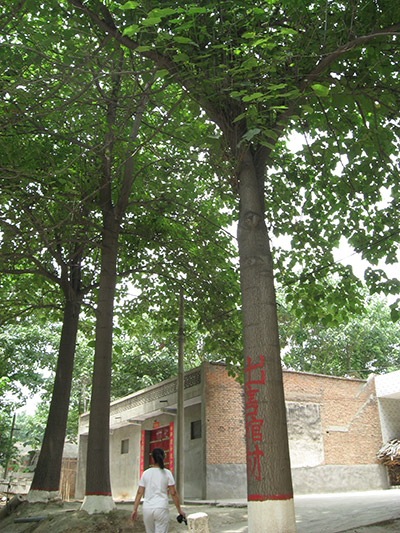
Therefore, selecting Paulownia variety suitable for growing in the local area by the right manner according to different afforestation purposes and practical situation such as climate of the afforestation area, soil and site conditions is the premise for fast growing and high yield of Paulownia, only by which could help people realize their purposes of Paulownia afforestation.
